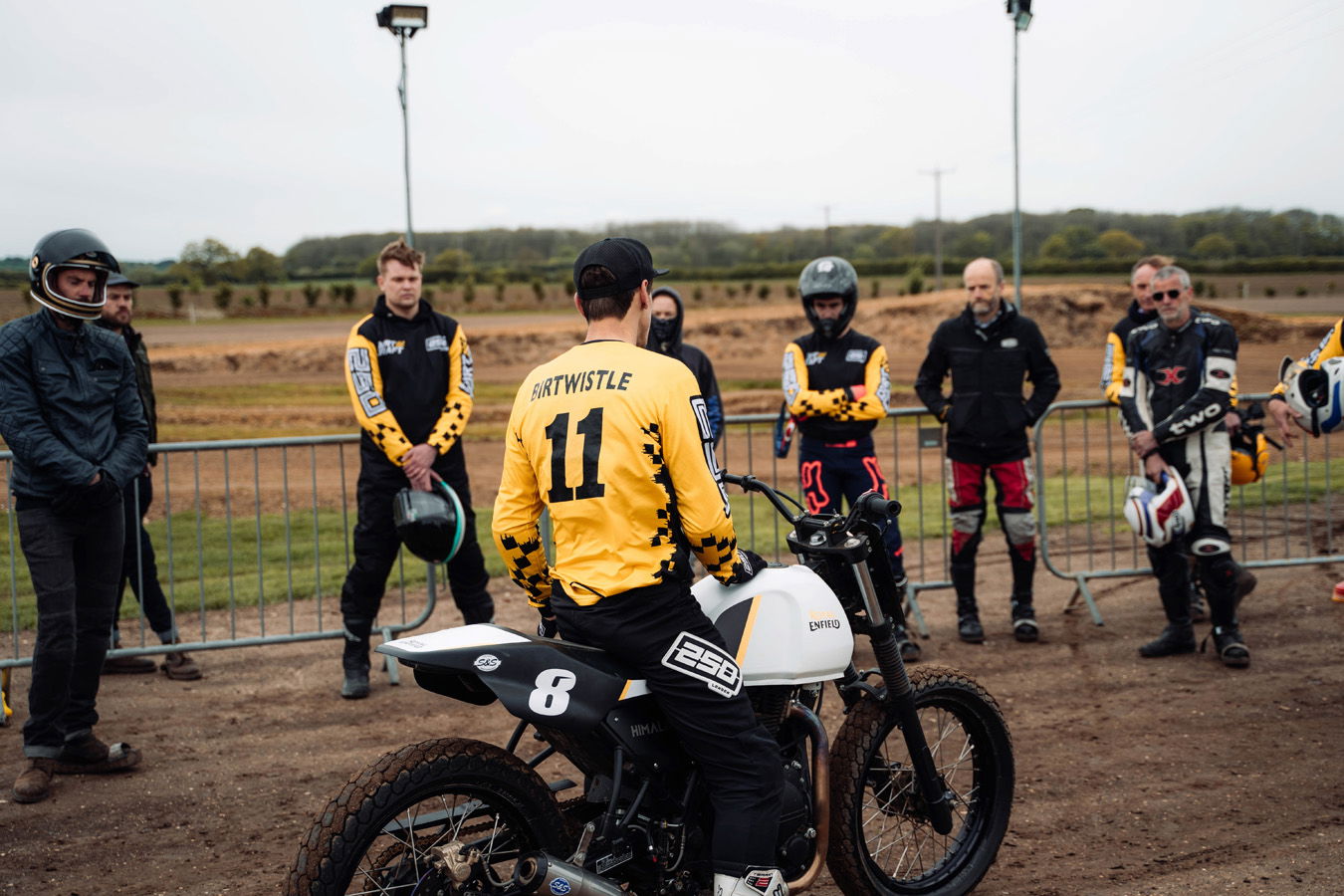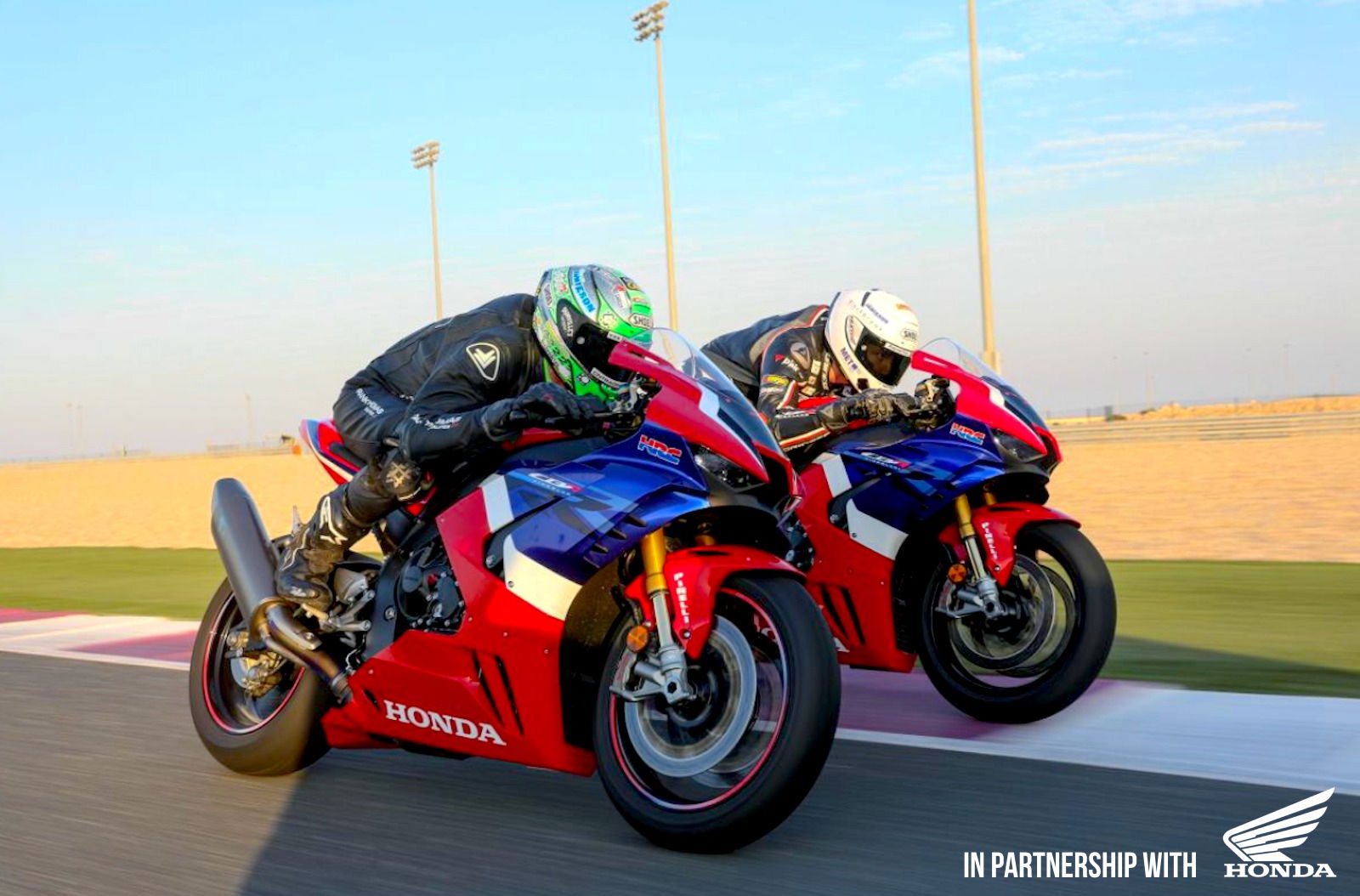8 of the Most Extreme Motorcycle Races on the Planet
Forget WorldSBK. Forget MotoGP. If you motorcycle racing is about steely nerves (and balls) then these are the most extreme events in the world today

We all know motorcycle racers are a (fool)hardy bunch.
After all, few sports can claim to offer the same rush of adrenaline that comes with pinning the throttle, but then few sports will hurl you into the scenery if you get it wrong.
You need steely nerves as a minimum requirement to compete in series’ as MotoGP, WorldSBK and BSB but they are held in soft play centres compared to some of the most extreme two-wheel events around the world.
Safety standards have come on leaps and bounds over the years and while no event would take place if it was fundamentally lethal to compete, there are some that certainly fill more boxes on the risk-assessment form…

Isle of Man TT - Snaefell Mountain Course
One of the most famous events in the world - motorsport or otherwise - the Isle of Man TT has been the annual jewel in the road racing crown since 1907, making it both steeped in history and firmly lodged in infamy.
The extremities of this event can be measured in two very polarising ways.
First there is the 130mph-plus average lap around the 37-mile Snaefell Mountain Course that threads through villages, terrifies grazing animals and even incorporates a leap of faith at Quarterbridge Road.
However, there is also the macabre spectre of the frequent tragedies. Including the Classic TT and Manx Grand Prix that uses the same course, the Snaefell Circuit has led to 260 deaths (inc. riders, marshals, spectators) in 118 years.
The TT isn’t for the faint hearted and the sting in its tail is brutal or even lethal, it is probably the most ‘un-PC’ event in the entire world. Indeed, we doubt it would be allowed to be proposed today were it not for the history and passion that brings 60,000 people to the tiny island, but truly no races are as mind-blowingly bonkers.
![Motorcyclist on the Paris-Dakar Rally [credit: Red Bull]](https://cdn.visordown.com/Screenshot 2021-07-17 at 11.25.07.png?width=1600)
Dakar Rally
The location may no longer reflect the name but such is the heritage associated with the Dakar Rally that it conjures up some of motorsport’s most extraordinary images.
Considered the ultimate test of man and machine - both on two and four wheels - the inaugural Paris-Dakar Rally of 1979 began as a stage-divided endurance race from the capital of France to the capital of Senegal, taking in Algeria, Niger, Mali and Burkina Faso along the way.
Over the years the Saharan routes were tweaked but the challenge - and danger - remained as prevenlant, with riders often getting lost in the vast expanse, crashing with little emergency crew back up or suffering collisions on road sections.
There was even one such incident when a rider died of exposure after running out of fuel and wasn’t found by search teams for three days.
When the African security situation became more perilous, South America became its new - largely safer - home between 2009 and 2019, before reaching its current home in Saudi Arabia, where three riders died in the inaugural event prompting sweeping safety measures to be introduced for 2021.
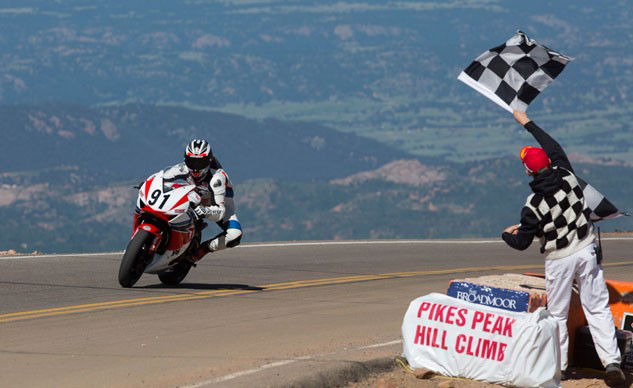
Pikes Peak International Hillclimb
Dubbed the ‘Race to the Clouds’, Pikes Peak is an oddity in that there’s no real ‘race’ and is instead more a show of what man and machine can do racing up a wending mountain path into higher altitude.
Once a combination of gravel and asphalt, the 156-turn, 12-mile route is now entirely asphalt at a rising gradient averaging 7.2%.
With spectacular Colorado scenery dropping away around you, Pikes Peak is a pure power ascent attracting all manner of curious four-wheel machinery in years gone by.
The motorcycle class is more conventional with Rennie Scaysbrook holding the lap record of 9m 44.963seca on an Aprilia Tuono V4 1100. It was a marker Ducati attempted to beat with a pre-production version of its Streetfighter, only to be rocked by the crash and death of its ride Carlin Dunne.
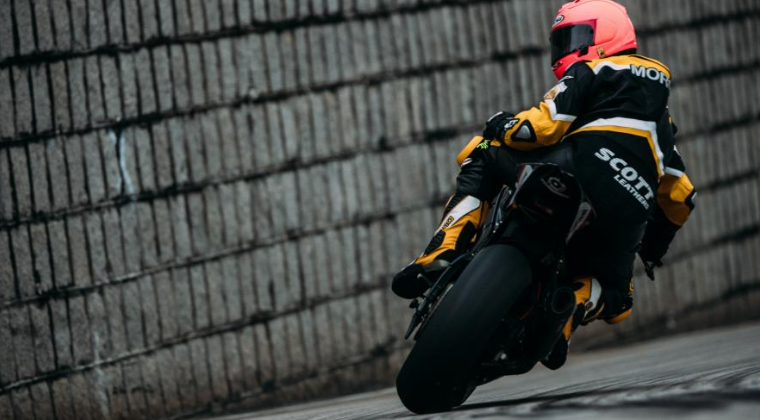
Macau Grand Prix
You don’t need to be an expert to consider why motorcycles and street races don’t exactly make logical bedfellows but the Macau Grand Prix has maintained its place among the road racing hierarchy to this day.
A fairly extreme street circuit even with the benefit of four-wheels at each corner and maybe even a roof, it has high-speed stretches akin to the TT interspersed with corners so slow you could get away with putting your foot down, and all with five-feet of solid armco or concrete at either side. There have been some breathtaking (breath-holding) shots of riders over the years dragging their bikes and helmets just inches off the wall.
Unsurprisingly the Macau Grand Prix has seen its fair share of fatalities over the years - nine motorcyclists since 1976 - while the street layout throws other oddities that are less likely to occur with the benefit of run-off areas.
Indeed, any incident on track - mechanical or otherwise - is likely to bring out the yellow or red flag due to track obstruction. However, because the circuit is very long and the schedule packed, it has become rare to see the race go the full distance.
Remarkably, in 2018 the race had to be stopped on lap two, with results counted back to the order after lap one, landing Michael Rutter victory in the bizarrely short encounter.
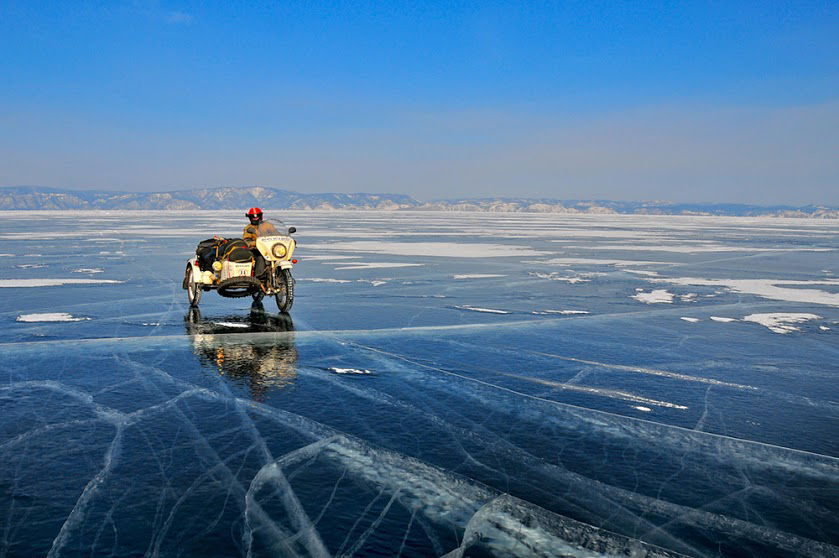
The Ice Run on Lake Baikal
Motorcycling on ice also presents some obvious issues but then the ice here on Lake Baikal isn’t your average slip ‘n’ slide.
As the world’s deepest lake located in the heart of Siberia, there is no risk of dropping into the waters below with metres of thick ice protecting you from being immortalised in time.
You will need good studs on your tyres though to prevent an unintentional triple salchow whether you’re trying the Speed Festival, which features a mile-long drag strip, or going on the Ice Run across the entire thing at more than 600km.
Worth it alone for some incredible photography opportunities, just be sure to pack your winter warmers and a Thermos because we hear it gets a tad chilly.
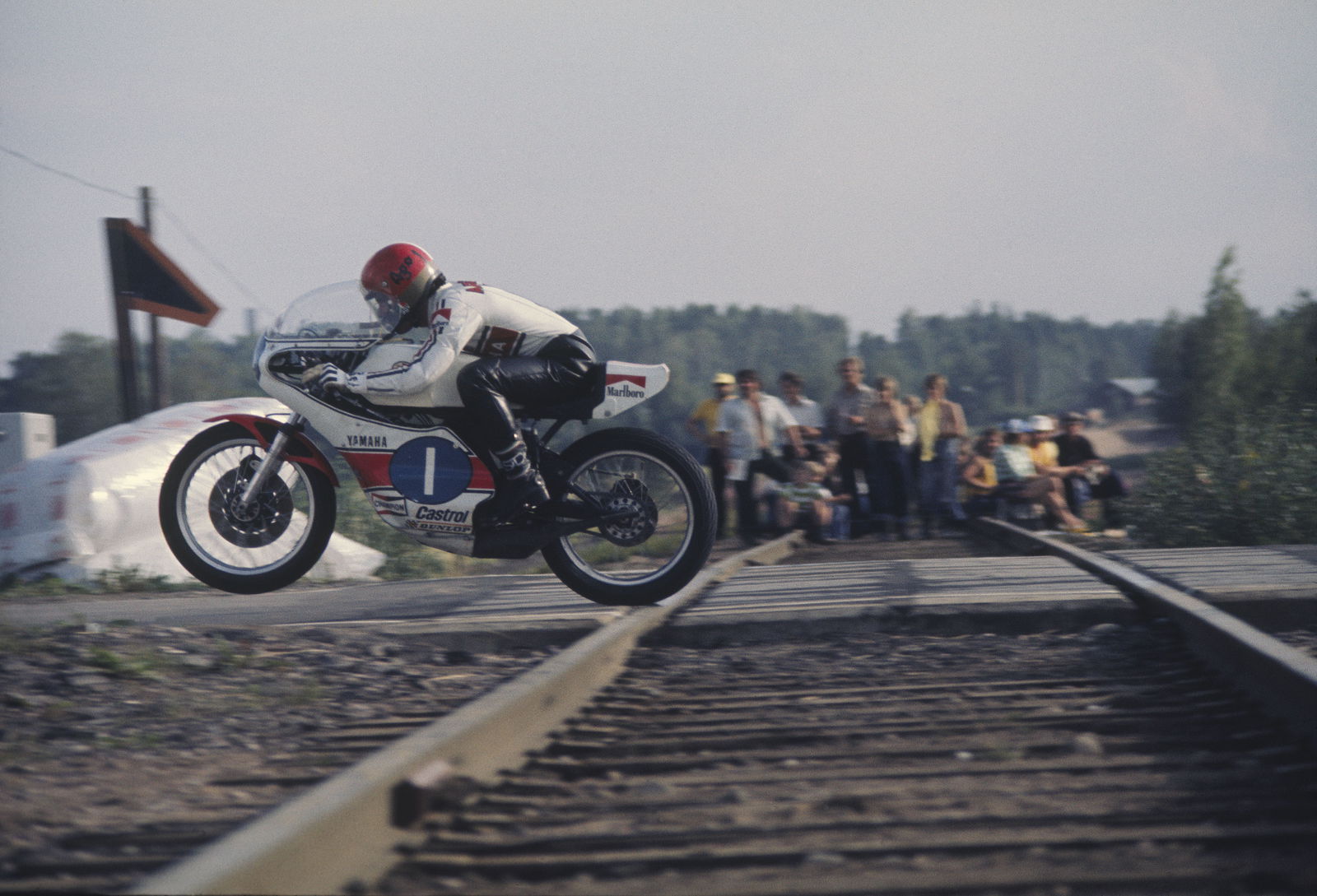
Imatra Grand Prix
You only need to witness the long roll-call of talented (crazy) Fast Finns that have taken the world by storm in F1 and in Rallying to recognise it is a country with a surprising need for speed.
And this applies to motorcycling too in Imatra, close to the Russian border, which formed the venue for the Finnish Grand Prix until 1982. Remarkably, despite it being considered a bit challenging safety-wise back then, it is back in use today barely altered on the International Road Racing Championship (IRRC) calendar.
When we say barely altered, we mean it since you still need to leap over the tracks of a railway that cuts across the layout. Together with long, engine punishing straights and some cheeky chicanes among log piles, it reminds us of the original Hockenheimring... but somehow even faster.
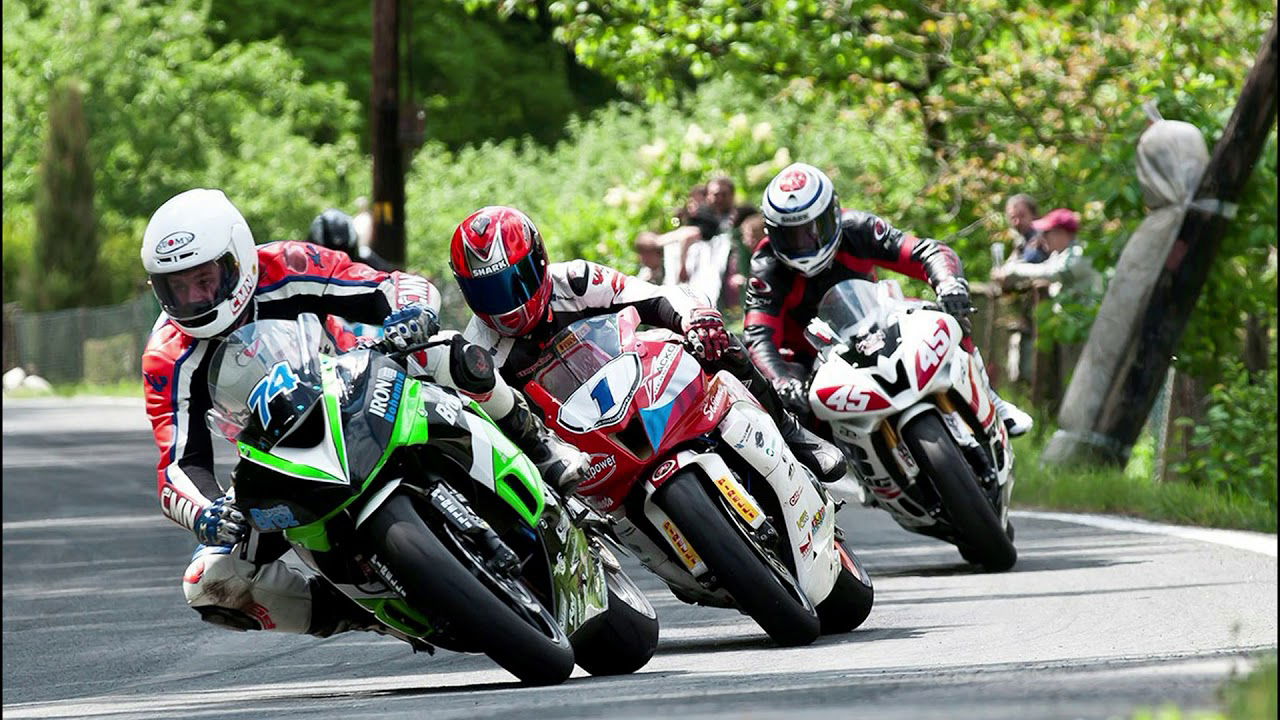
Horice Road Race
Yes there is the TT Mountain Course and the aforementioned Imatra Circuit, but for us it is this - the course that runs through the Czech town of Horice - that has us wincing for fear of a tragedy.
To us there are few as exhilarating (baffling) road racing courses out there, yet - like Imatra - Horice is a round of the International Road Racing Championship.
Here we have a course blending high speeds, flowing curves through house and shop-lined lanes (you’ll see a Lidl whizz by), unforgiving looking street furniture and some rather dense forests poised to catch you if get it a bit wrong.
For the love of Jebus, don’t get it wrong here!
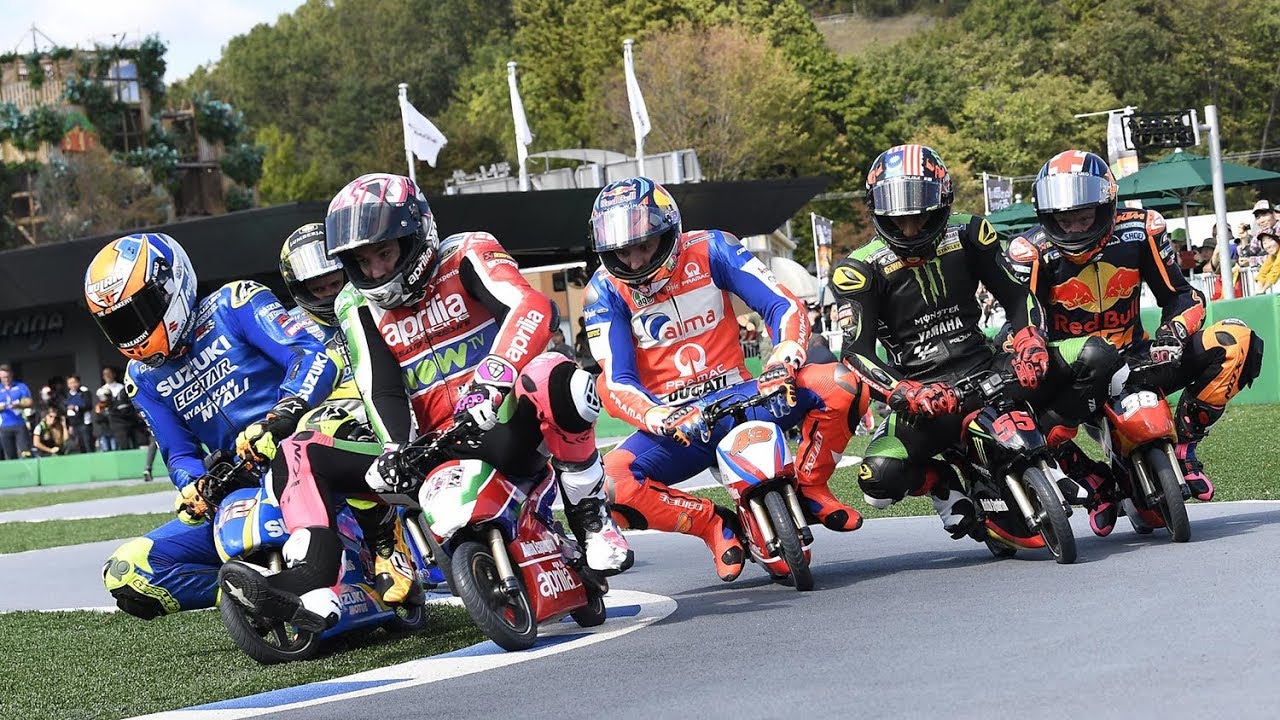
Japanese Minibike Grand Prix
It’s not big, it’s not clever but it is funny.
OK, you’re unlikely to see someone high-side or hurt themselves too badly in this race - unless someone shouts BUNDLE! - but big riders, in chunky leathers on teeny bikes might give you a painful stomach from laughing too hard. This is extreme hot wash racing.
It looks fun, its elbows and knees akimbo and the riding standards are… questionable.
Sign us up!
